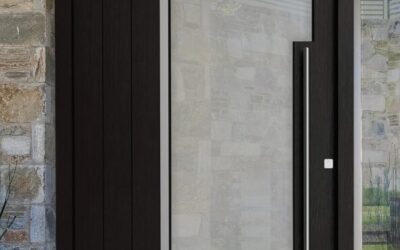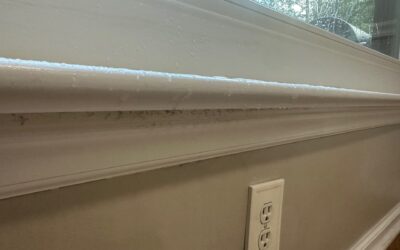Homeowners are often confused when they visit our Raleigh, NC window supply store and hear us talking about their windows. They know that their window is 2 feet four inches wide by three and a half feet tall. So, why are we referring to it as a “Two-Four-Three-Six”?
In this post, we’ll explain how windows are measured and the shorthand used for window sizes. We’ll also explain why the size of your window should not match the size of the opening where the window will be placed.
At the end of the post, you’ll also find a handy one page printable reference sheet of some standard window sizes and their shorthand labels.
How A Four Digit Code Translates to Window Sizes:
Most window manufacturers use a simple four-digit code to represent window size. This code might seem like gibberish at first, but it’s actually quite straightforward. Here’s the breakdown:
- The first two digits: Represent the window’s width in feet and inches. For example, “24” would indicate a width of 2 feet 4 inches.
- The last two digits: Represent the window’s height in feet and inches. Continuing our example, “36” would signify a height of 3 feet 6 inches.
So, a window labeled “2436” translates to 2 feet 4 inches wide by 3 feet 6 inches tall. These numbers are said as individual digits, so, “Two-Four-Three-Six” and not “Twenty-four, thirty-six”.
Rough Opening vs. Actual Size:
It’s important to distinguish between the window’s rough opening size (the space in your wall where the window will be installed) and the actual window size. The rough opening is typically about 1/2 inch smaller than the actual window to allow for proper installation and movement.
Standard Sizes:
Window manufacturers offer a range of standard sizes to cater to most common needs. These sizes typically vary in 2-inch increments for width and 4-inch increments for height.
Understanding this can result in big savings for thrifty homeowners. We sometimes see remodelers and architects recommending custom window sizes for home improvement projects. Often, by swapping these custom sizes for the closest standard size, we are able to save homeowners a significant amount of money off the bottom line of their window replacement.
Here’s a handy one-page printable guide with references to some of the most common window sizes, as well as their four-digit labels.
PRINTABLE
Summary
When you’re ready to replace your home’s windows, you want to work with professionals who can explain every step of the process. That way, you’ll know exactly what to expect and will be pleased with your installation project.
If you’re thinking about new windows, we hope you’ll let Window Works Co. guide you through the process. Use the calendar below to schedule your window and door consultation call.













